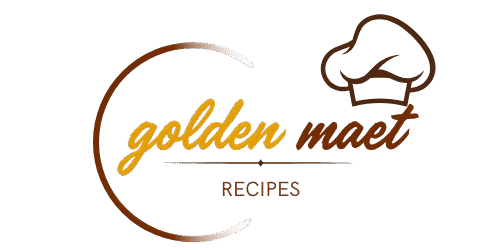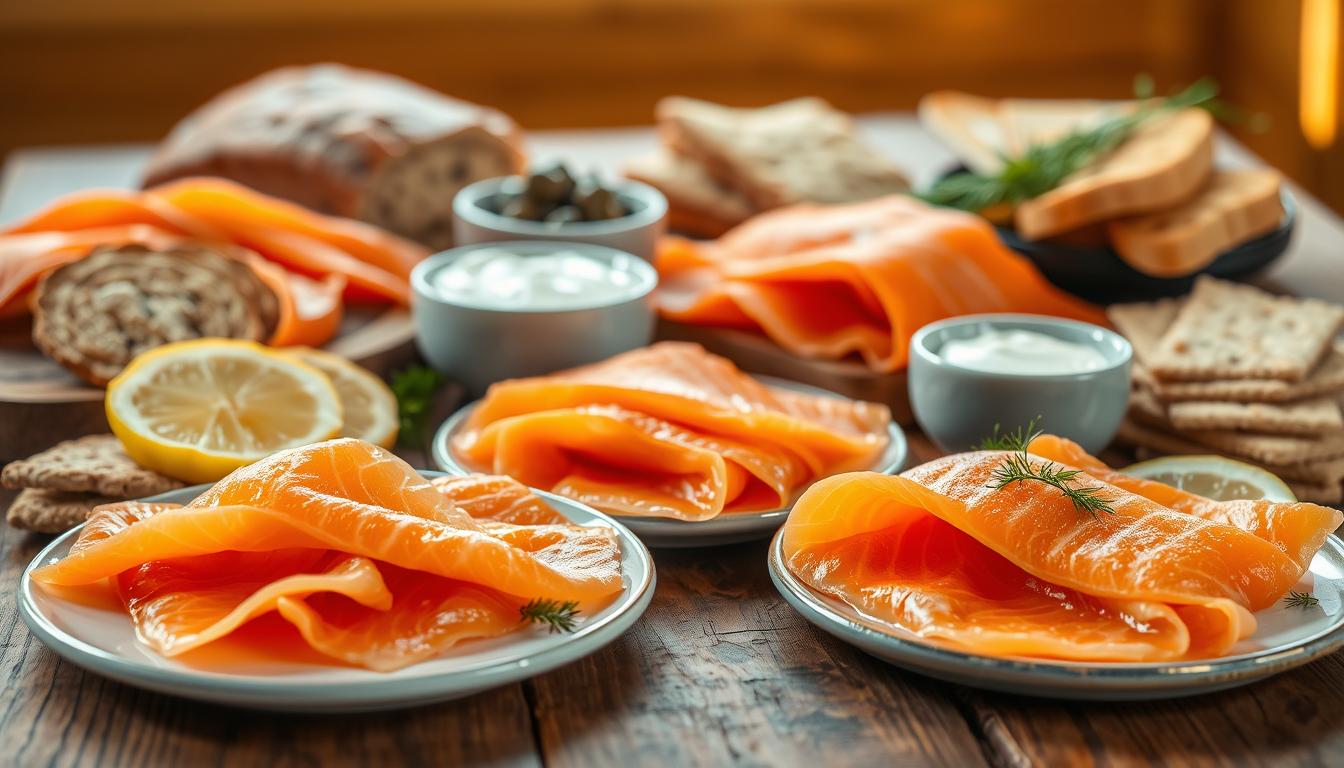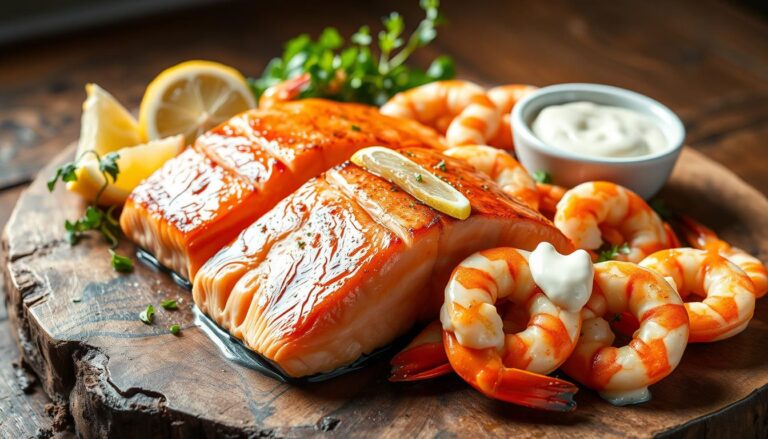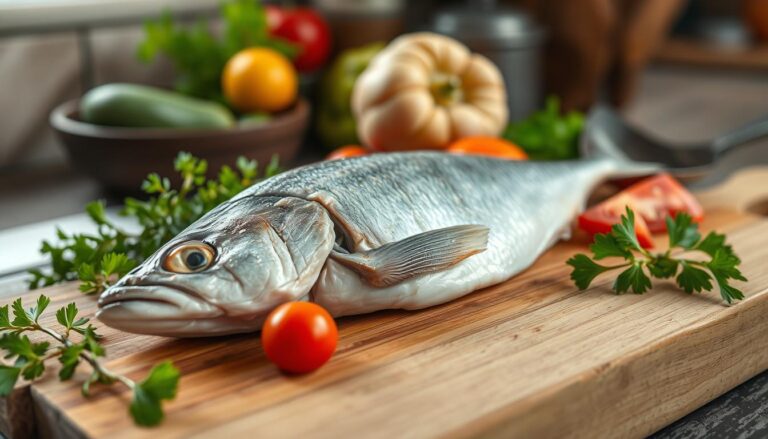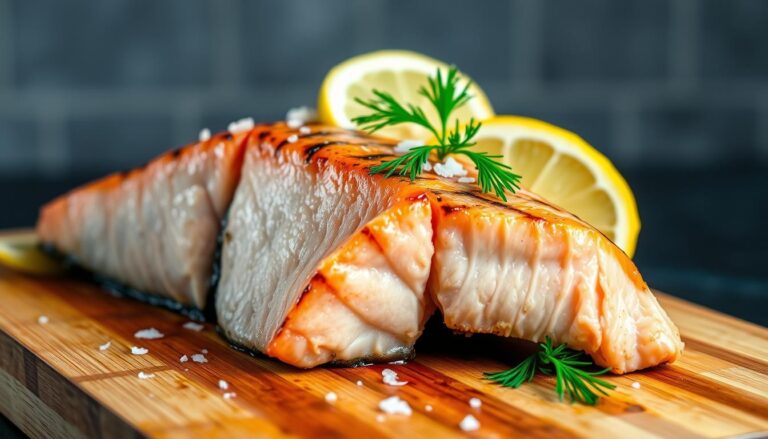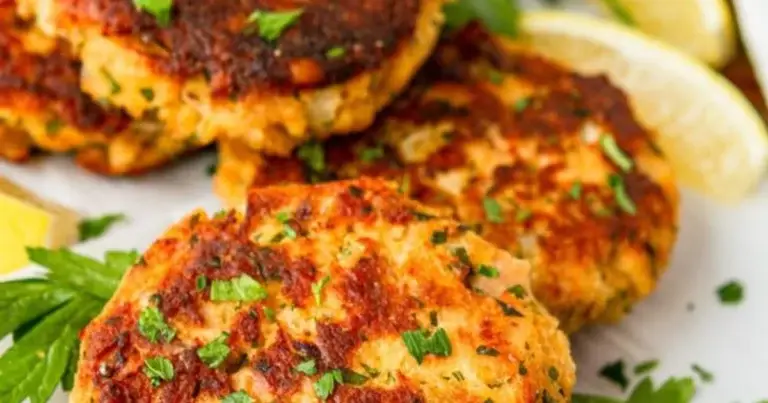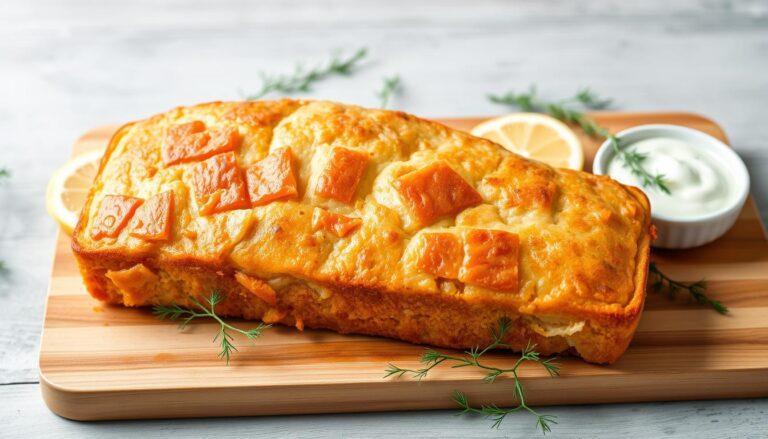How to make delicious cold smoked salmon recipes – Easy and flavorful ideas
Every culinary adventure starts with a spark of passion. Cold smoked salmon recipes have been my gateway to turning ordinary fish into a delicacy. Growing up near the Pacific Northwest, I watched my grandfather prepare salmon for family gatherings.
Cold smoked salmon recipes let home cooks make restaurant-quality seafood in their kitchen. These recipes are not just about cooking. They’re about making memories, exploring flavors, and mastering a technique passed down through generations.
Whether you’re a seasoned chef or a curious home cook, learning to make cold smoked salmon will boost your skills. It will impress everyone at your table. The process might seem tough, but with the right guidance, you’ll soon make mouthwatering salmon that rivals professional places.
Table of Contents
Understanding Cold Smoked Salmon Basics
Exploring cold smoked salmon recipes means learning a special process. This process turns regular fish into a gourmet treat. Cold smoking adds unique flavor and texture to salmon, making it stand out from other cooking methods.

Looking into smoked salmon cold recipes, you’ll find a method that’s both interesting and precise. It uses controlled temperatures and special smoking techniques. The main difference between cold and hot smoking is the temperature and how long it lasts.
Cold Smoking vs. Hot Smoking
Cold smoking is different because it keeps temperatures very low, usually under 80°F. This method helps keep the salmon raw while adding flavor. It can take up to 24 hours, making the salmon taste rich and complex.
- Temperature range: Below 80°F
- Smoking duration: Up to 24 hours
- Flavor profile: Intense and delicate
Essential Equipment for Cold Smoking
To make great cold smoked salmon, you need the right tools. Your cold smoking kit should have:
- Dedicated smoker with precise temperature control
- High-quality wood chips for flavoring
- Digital thermometer
- Cooling rack or mesh screen
The beauty of cold smoking is how it brings out amazing flavors in salmon without making it tough. Knowing these basics will help you start cold smoking salmon at home.
Selecting the Perfect Salmon for Cold Smoking
Choosing the right salmon is key for tasty cold smoked salmon recipes. Not all salmon is good for smoking. The right choice can greatly affect your dish’s flavor and texture.
When looking for the perfect salmon, consider these important factors:
- Fat content matters most for smoking
- Fresh isn’t always better than frozen
- Salmon varieties impact final taste
Different salmon species have unique qualities for cold smoking. King (Chinook) salmon is great because of its high fat content. Sockeye and Atlantic salmon also work well.
Pro tip for selecting salmon: Look for fish with:
- Bright, clear color
- Firm flesh without discoloration
- Minimal fishy smell
- Consistent texture
Quality is important, whether you pick fresh or frozen salmon. Frozen salmon can be a good choice, as it’s often frozen quickly at peak freshness. Make sure it has a consistent color, no freezer burn, and is properly packaged.
Remember: The best smoked salmon starts with selecting the right fish.
Essential Ingredients and Tools for Cold Smoking
To make delicious cold smoked salmon, you need the right ingredients and tools. Whether you’re cooking at home or love to experiment in the kitchen, the right equipment makes a big difference. It turns simple recipes into something truly special.
Starting with the best ingredients is key to making great cold smoked salmon. The quality of your ingredients and the equipment you use are both important.
Types of Wood Chips for Exceptional Flavor
Choosing the right wood chips is vital for adding flavor to your cold smoked salmon. Each type of wood gives a different taste:
- Alder wood: Mild and sweet, great for delicate fish
- Apple wood: Subtle, fruity flavor
- Hickory: Strong, smoky taste
- Cherry wood: Slightly sweet, mild smoke
Essential Curing Ingredients
For successful cold smoked salmon, you’ll need specific curing ingredients:
- Kosher salt or sea salt
- Granulated sugar
- Fresh herbs (optional)
- Black pepper
Required Smoking Equipment
Here are the essential tools for making top-notch cold smoked salmon:
- Digital food thermometer
- Smoker or smoking box
- Wire cooling racks
- Large non-reactive container for curing
- Sharp fillet knife
With the right ingredients and tools, you’re ready to make delicious cold smoked salmon. It’s sure to impress your family and friends.
Preparing Your Salmon Before Smoking
Before starting your cold smoked salmon recipe, it’s important to prepare the salmon right. Fresh salmon needs careful handling for a tasty and safe dish. Choose high-quality, fresh salmon from a trusted fishmonger or seafood market.
Here are the key steps to prepare your salmon:
- Inspect the salmon for any remaining scales
- Carefully remove pin bones using clean tweezers
- Trim any excess fat or uneven edges
- Pat the salmon dry with clean paper towels
When preparing salmon for cold smoking, keep the skin on. The skin helps keep the fillet’s shape and adds flavor. Pro tip: Use a sharp fillet knife for clean cuts.
Food safety is key in any cold smoked salmon recipe. Always work on a clean surface and keep the salmon cold until curing. Wear food-safe gloves and wash your hands before and after handling raw fish.
Precision in preparation sets the foundation for an exceptional cold smoked salmon experience.
Make sure your salmon fillet is even in thickness. This ensures even smoking and texture. If it’s too thick, trim it to make it even.
The Art of Curing Salmon
Curing is key to making tasty cold smoked salmon recipes. It boosts flavor and keeps the fish fresh for smoking.
Knowing how to cure salmon is vital for great cold smoked salmon recipes. The right curing can turn a simple dish into a masterpiece.
Salt and Sugar Ratios for Perfect Curing
The curing mix has salt and sugar. The right mix ratio is important. It helps remove moisture and adds flavor. A good mix is:
- 4 parts kosher salt
- 2 parts brown sugar
- 1 part optional spices
Curing Duration Guidelines
The best curing time for smoked salmon is about five hours. Here’s why:
- Less than 3 hours: Fish tastes bland and is soft
- 5 hours: Perfect flavor and texture
- More than 6 hours: Fish gets too salty
Enhancing Flavor with Aromatics
Add aromatics to your cure for more flavor. Try using:
- Fresh dill
- Cracked black pepper
- Lemon zest
- Crushed juniper berries
These ingredients will make your cure rich and exciting, pleasing your taste buds.
Creating the Perfect Pellicle
Creating the perfect pellicle is key when making cold smoked salmon. A pellicle is a thin, tacky layer that forms on the salmon’s surface after curing. It happens right before smoking.
The pellicle does a few important things:
- It helps the smoke stick to the fish
- It protects the salmon while it smokes
- It makes the flavor and texture better
To get a great pellicle, follow these steps:
- Rinse the cured salmon under cold water
- Pat it dry with clean paper towels
- Put the salmon on a rack in a cool, airy place
- Let it air dry for 1-2 hours
Check if the surface is slightly tacky and shiny. This means the pellicle is ready for smoking. Keep the area cool and well-ventilated to avoid bacteria.
Being patient is important for a good pellicle. The right method helps the salmon absorb smoke well, giving you a top-notch dish.
Cold Smoked Salmon Recipes
Exploring easy cold smoked salmon recipes lets you turn fresh salmon into a tasty dish. These recipes offer a way to enjoy this fish with unique flavors. They will impress your guests and boost your cooking skills.
When making cold smoked salmon recipes, focus on three main flavor approaches. These can greatly change your dish’s taste:
Classic Cold Smoked Salmon
The traditional cold smoked salmon recipe highlights pure, clean flavors. You’ll need:
- Fresh high-quality salmon
- Kosher salt
- Brown sugar
- Black pepper
- Applewood chips for smoking
Dill and Coriander Variation
This variation adds aromatic herbs for a more complex flavor. Fresh dill and ground coriander make your basic cold smoked salmon sophisticated. It’s great with cream cheese or on a bagel.
Asian-Inspired Cold Smoked Salmon
For bolder flavors, try Asian-inspired cold smoked salmon recipes. They use:
- Soy sauce
- Fresh ginger
- Sesame oil
- Rice wine vinegar
- Green onions
These easy cold smoked salmon recipes are a great start for your cooking journey. Try different herbs, spices, and smoking methods to find your unique flavor.
Temperature Control and Smoking Techniques
Mastering temperature control is key to making delicious cold smoked salmon. The right smoking method can turn simple fish into a gourmet dish. Experts know that precision is vital for perfect cold smoked salmon.
Your cold smoked salmon recipe needs careful attention to temperature and smoke. Keeping a steady low temperature of 70-90°F is key. This ensures a smoky flavor without cooking the fish.
- Use digital thermometers to monitor smoker temperature
- Select high-quality wood chips for consistent smoke
- Maintain steady airflow in your smoking environment
- Avoid temperature fluctuations during smoking process
Different smokers need different temperature management. Electric smokers keep temperatures steady, while traditional smokehouses need more hands-on care.
| Smoker Type | Temperature Range | Smoke Consistency |
|---|---|---|
| Electric Smoker | 70-85°F | Very Consistent |
| Propane Smoker | 75-90°F | Moderate Consistency |
| Traditional Smokehouse | 70-80°F | Variable Consistency |
Professional chefs suggest using fruit woods like apple or cherry for a sweet smoke. These woods enhance the salmon’s taste without overwhelming it.
How to Tell When Your Salmon is Perfectly Smoked
Mastering smoked salmon recipes takes a keen eye and understanding of key signs. Knowing when your cold smoked salmon is at its best is key for tasty seafood dishes.
Visual Cues of Smoked Salmon
The look of your cold smoked salmon tells you a lot about its readiness. Here are the visual signs to watch for:
- Uniform golden-amber color across the surface
- Smooth, slightly translucent flesh
- No raw or uneven patches
- Glossy sheen indicating proper curing
Texture Assessment Techniques
Texture is key to knowing if your smoked salmon is perfect. Here’s how to check:
- Gently press the salmon with your fingers
- Check for firm resistance
- Ensure minimal surface give
- Look for a slightly springy feel
“A perfectly smoked salmon should feel firm yet tender, with a silky smooth texture that melts in your mouth.”
Timing and Temperature Guidelines
Smoking time can vary, but most recipes take 12-24 hours. The thickness and desired flavor level affect the time. Always trust your eyes and touch more than the clock.
Remember, practice makes perfect in smoked salmon. Each try will improve your skills and make your seafood dishes even better.
Storage and Preservation Methods
Keeping your cold smoked salmon fresh is key. After making it, you’ll want to keep its taste and texture perfect for as long as you can.
To keep your salmon fresh, follow these steps:
- Refrigerate it right after smoking
- Put it in a sealed container
- Keep it cold, below 40°F
Keeping it cold is very important. Your smoked salmon will last 3-4 days in the fridge if stored right. Vacuum sealing can help it last even longer.
| Storage Method | Shelf Life |
|---|---|
| Refrigerated (Standard) | 3-4 days |
| Vacuum Sealed (Refrigerated) | 3-4 weeks |
| Vacuum Sealed (Frozen) | 3-4 months |
Freezing your salmon? Here’s how to do it right:
- Wrap it in plastic wrap tightly
- Put it in a freezer-safe bag
- Get as much air out as you can
- Mark it with the freezing date
Thawing frozen salmon needs time. Defrost it in the fridge overnight. This keeps it soft and safe from bacteria. Never thaw it at room temperature, as it’s not safe.
Serving Suggestions and Pairing Ideas
Your homemade cold smoked salmon recipes are incredibly versatile. They can turn simple meals into amazing dishes. Here are some tasty ways to enjoy your smoked salmon.
Classic Serving Suggestions
- Classic bagel with cream cheese and thinly sliced red onions
- Elegant appetizer platter with capers and fresh dill
- Flaked over scrambled eggs for a luxurious breakfast
For a fancy dining experience, try these creative serving ideas. They highlight your cold smoked salmon’s rich taste.
Creative Culinary Combinations
- Fold into creamy pasta dishes
- Add to fresh garden salads
- Create gourmet open-faced sandwiches
Perfect Beverage Pairings
| Beverage Type | Recommended Pairing |
|---|---|
| White Wine | Sauvignon Blanc or Pinot Grigio |
| Champagne | Brut or Extra Dry |
| Craft Beer | Light Wheat Ale |
When serving your cold smoked salmon, how you present it is key. Add fresh herbs, lemon wedges, and other items that match the salmon’s smoky taste.
Pro tip: Always slice your cold smoked salmon thinly against the grain for the most tender eating experience.
Troubleshooting Common Cold Smoking Issues
Making the perfect cold smoked salmon can be tough. Even skilled cooks face problems sometimes. Knowing common issues helps make delicious salmon recipes every time.
There are a few main problems that can happen while cold smoking. Knowing how to fix these will make your salmon smoking better.
- Uneven Smoking: Caused by inconsistent smoke distribution or temperature fluctuations
- Overly Salty Texture: Result of extended curing or incorrect salt-to-fish ratio
- Dry or Mushy Salmon: Typically linked to improper smoking duration or moisture control
- Weak Smoke Flavor: Often stems from low-quality wood chips or insufficient smoking time
Fixing these problems needs careful technique and attention to detail in your cold smoked salmon recipe.
| Issue | Potential Cause | Solution |
|---|---|---|
| Uneven Smoking | Poor smoke circulation | Rotate salmon periodically during smoking |
| Overly Salty Flavor | Extended curing time | Reduce curing duration and monitor salt ratios |
| Texture Problems | Incorrect moisture levels | Maintain consistent humidity during smoking process |
Getting good at cold smoking takes practice. Every batch of salmon is a chance to get better. Focus on temperature, smoke strength, and curing times to improve your salmon recipes.
Pro tip: Keep detailed notes on your smoking process to track improvements and understand what works best for your specific equipment and preferences.
Conclusion
Cold smoked salmon recipes are a true art form. They require skill, patience, and creativity. By learning this technique, you open up a world of tasty possibilities in your kitchen.
The process might seem hard at first. But with practice, you’ll become confident in making cold smoked salmon that wows everyone. It’s a skill that impresses family and friends.
Every step in making cold smoked salmon is important. From picking the best fish to curing and smoking it, you need to pay attention. Learning about temperature control, using quality ingredients, and trying different wood chips and seasonings will improve your skills.
Remember, each try gets you closer to mastering these recipes. It’s a journey worth taking.
Don’t be afraid to start with simple recipes and then try new flavors. Making your own cold smoked salmon is rewarding. It connects you to traditional cooking and lets you be creative.
Your journey with cold smoked salmon is just starting. Keep exploring and trying new things. With practice and passion, you’ll turn simple salmon into a culinary masterpiece that everyone will love.
